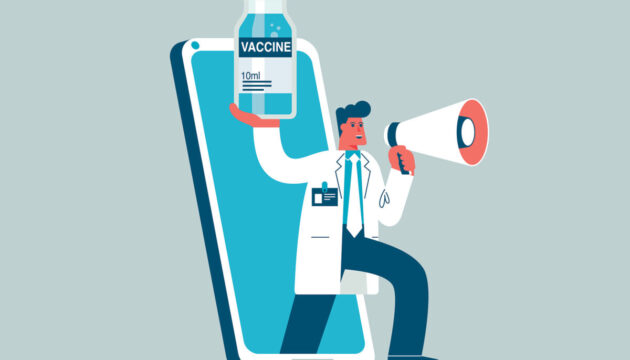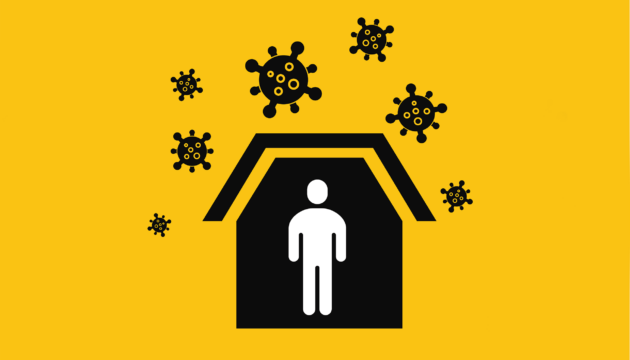
Coronavirus (COVID-19)
Featured Topics
Lead story

Other featured articles
-
The “Un-Average”: Not Every Child Bounced Back After COVID
In the wake of COVID-related school disruptions, recent research has revealed what is proving to be a durable “parent-expert disconnect” – parents report their children are doing fine academically despite evidence to the contrary.
Posted in -
The Impact of the Global COVID-19 Vaccination Campaign on All-Cause Mortality
A working paper from the USC Schaeffer Center and Brown University found the global vaccine campaign among 141 countries saved 2.4 million lives from January 2021 to August 2021. The study estimates 670,000 more lives would have been saved if COVID-19 vaccine distribution was more equitable.
Posted in -
COVID-19 Vaccination Campaign Saved 2.4 Million Lives
The campaign could have saved about 670,000 more lives had the vaccines been distributed equitably, according to a working paper from the USC Schaeffer Center and Brown University.
Posted in -
Causes and Costs of Global COVID-19 Vaccine Inequity
The main contributors to vaccine inequity include vaccine nationalism, intellectual property rights, constraints in manufacturing capacity, poor resilience of healthcare systems, and vaccine hesitancy.
Posted in
About this section
The coronavirus is impacting every aspect of our lives. Schaeffer Center experts are informing the conversation with their analysis on its impact on health, the economy, public policy, and human behavior. To get in contact with our experts, email Jenesse Miller at jenessem@usc.edu.
MORE WORK RELATED TO COVID-19
-
How Long Should Kids Isolate After They’ve Contracted COVID-19?
Children infected with the Omicron variant remained infectious for a median time of three days after testing positive for the virus, according to USC Schaeffer Center and Stanford researchers.
Categorized in -
Post-COVID Trends in Hospital Financial Performance: Updated Data from California Paint an Improved but Challenging Picture for Hospitals and Commercially Insured Patients
Total hospital volume has returned to pre-COVID levels, but with changes.
Categorized in -
There’s an Easy Way to Increase Rates of COVID Booster Vaccinations
USC research finds that the answer to getting more shots into arms is just a text message or email away.
Categorized in -
The Impact of COVID-19 Shelter-in-Place Policy Responses on Excess Mortality
We used data from 43 countries and all U.S. states and find the introduction of SIP policies did not lead to reductions in excess deaths.
Categorized in -
HSD99 Telemedicine and the Utilization of Outpatient Mental Health Services by Patients with Incident Major Depressive Disorder during the COVID-19 Pandemic
Telemedicine increased access to mental health services during the pandemic across races and ethnicities, but racial and ethnic disparities persisted.
Categorized in -
Cross-Sectional Study Examining Household Factors Associated with SARS-CoV-2 Seropositivity in Low-Income Children in L.A.
Food insecure households with low head-of-household education, and at least one household member with type 2 diabetes, had the highest risk of SARS-CoV-2.
Categorized in












